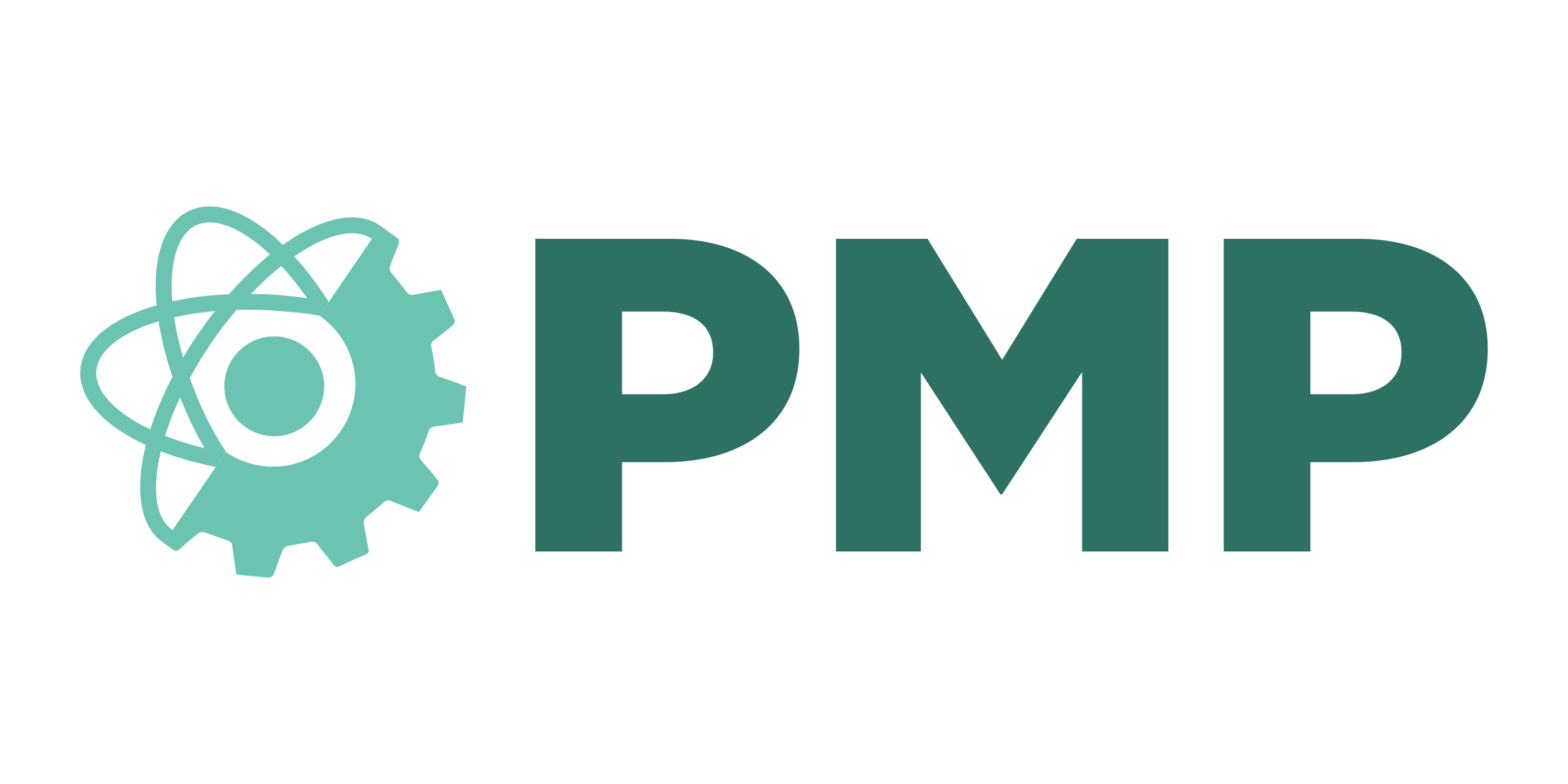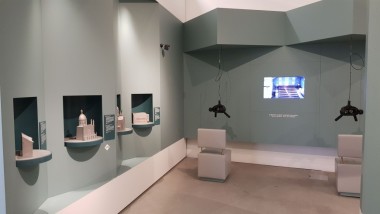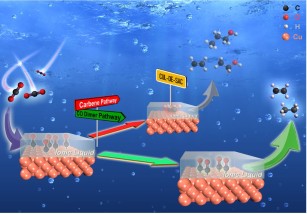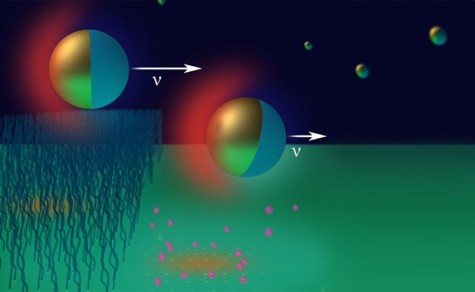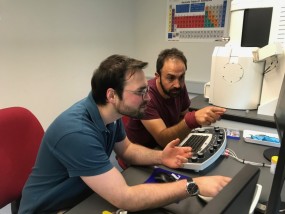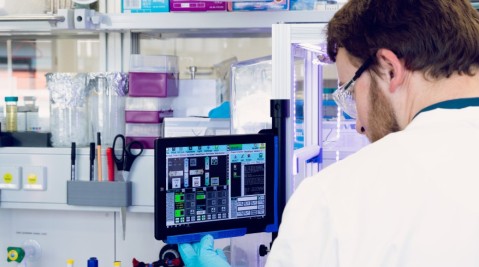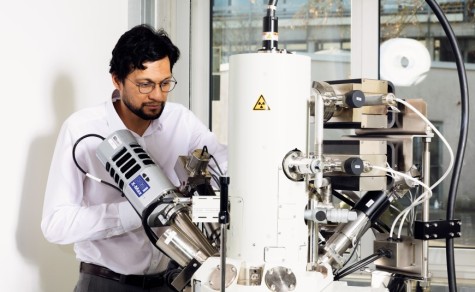-
![JuedMuseum]() Picture: Marc Grellert
Picture: Marc Grellert![JuedMuseum]() Picture: Marc Grellert
Picture: Marc GrellertPermanent exhibits of the TU at the Jewish Museum in Berlin
2020/08/10
Department of Digital Design virtually reconstructs synagogues
For the new exhibition at the Jewish Museum in Berlin, the three synagogues Cologne Glockengasse, Plauen and Hanover, which were reconstructed by the Department of Digital Design at the TU Darmstadt, have been prepared for Virtual Reality (VR). The interiors of these synagogues can be experienced in a 360° 3D film. The presentation of the individual synagogues begins with a historical photograph showing the corresponding building from the outside. The entire presentation lasts seven minutes and is accompanied by narration.
-
![]() Picture: etzoldlab
Picture: etzoldlab![]() Picture: etzoldlab
Picture: etzoldlabA refreshing approach to probing complex reaction pathways
2020/08/10
With the aim to use renewable energy directly for driving chemical conversion processes, gaining a mechanistic understanding of electrocatalytic processes is a major scientific question studied nowadays. A well-known case is the electrochemical CO2 reduction on copper catalysts. This reaction would allow to convert CO2 e.g. from recycling streams within the circular economy or stemming from industrial off gases or CO2 captured from the atmosphere to be converted to the building blocks of various chemical products. Due to the involvement of multiple H+/e- transfers and the associated complex reaction network, gaining mechanistic insights into this reaction is highly challenging. Major techniques to obtain mechanistic insights rely heavily on instrument intensive spectroscopic approaches. Recently, a research group led by Prof. Bastian Etzold at the Ernst-Berl-Institut für Technische und Makromolekulare Chemie has proposed a new facile way to disentangle the complex reaction networks of CO2 reduction on Cu catalysts by employing ionic liquid as a chemical trapping agent, which is recently published in the renowned journal Angewandte Chemie International Edition (DOI: 10.1002/anie.202009498).
-
![]() Picture: Arbeitsgruppe Weiche Materie an Grenzflächen/TU Darmstadt
Picture: Arbeitsgruppe Weiche Materie an Grenzflächen/TU Darmstadt![]() Picture: Arbeitsgruppe Weiche Materie an Grenzflächen/TU Darmstadt
Picture: Arbeitsgruppe Weiche Materie an Grenzflächen/TU DarmstadtAccelerated particle self-drive
2020/08/10
Functionalized surfaces make self-floating particles faster
The swimming behaviour of microspheres coated on one side with gold can be influenced by closely functionalised surfaces. This has been discovered by researchers from the Soft Matter at Interfaces Group (Professor Regine von Klitzing) at the TU Darmstadt together with colleagues from the University of Leipzig. Findings on the self-propulsion of particles are relevant, for example, in the transport of active substances, but also contribute to the understanding of biological systems.
-
![]()
![]()
Dr. Muharrem Aktas researches as a fellow of the Philipp Schwartz Initiative
2020/06/21
“At last, university life again”
23.07.2020 Astrid Ludwig The Turkish scientist Dr. Muharrem Aktas will conduct research at the TU Darmstadt as a fellow of the Philipp Schwartz Initiative starting in the winter semester 2020/21. His area of expertise will be the mechanical behavior of laminated paper components. The 46-year-old civil engineer fled from Sakarya to Germany in 2018.
-
![]() Picture: Photo: Institut für Werkstoffe im Bauwesen (WiB)
Picture: Photo: Institut für Werkstoffe im Bauwesen (WiB)![]() Picture: Photo: Institut für Werkstoffe im Bauwesen (WiB)
Picture: Photo: Institut für Werkstoffe im Bauwesen (WiB)Store energy and release it again when required
2020/06/21
TU Darmstadt coordinates EU research project “NRG-STORAGE” for sustainable insulation
A team from the TU Darmstadt is working on a next-generation insulation material that will allow active and passive energy storage in buildings. This is made possible by using a functional composite material consisting of a nanomodified mineral foam integrated with phase change materials. The research project has a total volume of 6.8 million euros and is funded by the EU with 5.6 million euros.
-
![]() Picture: Katrin Binner
Picture: Katrin Binner![]() Picture: Katrin Binner
Picture: Katrin BinnerA win-win community
2020/06/21
June 29th, 2020; 09:00 a.m via zoom
The TU Darmstadt and Merck have been operating a joint research laboratory on the university campus since 2006. The Merck Lab stands for science and transfer, inventions and patents – and for future products and technologies.
-
![map_Weidenkaff]() Picture: Mohit Makhija
Picture: Mohit Makhija![map_Weidenkaff]() Picture: Mohit Makhija
Picture: Mohit Makhija1st Online Workshop on Sustainable Thermoelectrics
2020/07/29
June 29th, 2020; 09:00 a.m via zoom
Resilient energy conversion technologies and the related materials resources are requested in times like the corona crisis. It reveals the ever-increasing dependence on international supply chains. Local and autarky energy supply technologies would be a solution for this dependence. One of those technologies is the thermoelectricity – the direct conversion of waste heat (e.g. solar or geothermal) into electricity. To promote the exchange of knowledge between university, scientific institutes and industry on the field of thermoelectric as well as the possibility to discuss future co-opera
-
![]() Picture: Julia Weber
Picture: Julia Weber![]() Picture: Julia Weber
Picture: Julia WeberMultiple protective masks for hospital staff are safe
2020/04/30
TU investigation: sterilization process at high temperature recommended
The FFP-2 respirators worn by hospital staff and rescue workers can be reused several times without hesitation and continue to meet strict hygiene standards when sterilized at 121°C for twenty minutes. This is the result of analyses carried out by the TU Darmstadt for the Alice-Hospital Darmstadt. The results can help to ease the supply bottleneck for FFP-2 masks. feu
-
![]()
![]()
Professor Rödel elected Fellow of the Materials Research Society
2020/04/30
Professor Jürgen Rödel, head of the Department of Non-Metallic Inorganic Materials at the Department of Materials and Geosciences at the TU, has been elected a Fellow of the Materials Research Society.
-
![]() Picture: Katrin Binner
Picture: Katrin Binner![]() Picture: Katrin Binner
Picture: Katrin BinnerThe Concrete Whisperers
2020/04/21
TU research group simulates the ageing of concrete on high-performance computers
08.04.2020 von Claudia Staub The EU-wide research project InnovaConcrete aims at developing materials and methods to rehabilitate damaged concrete structures in order to preserve them as cultural heritage. A research team from the Technical University of Darmstadt is involved in the project, using the Lichtenberg high-performance computer to simulate how the material concrete behaves under various influences.
Archive
